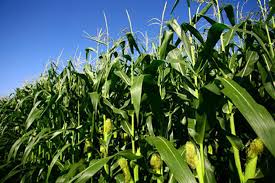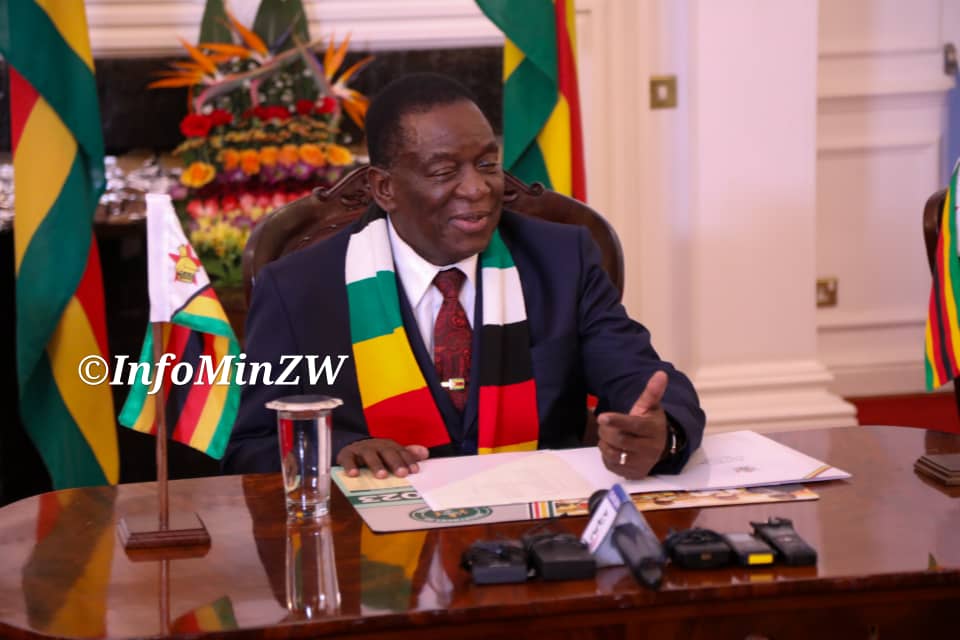Poor rains forecast for 2023/24 season
Share

Harare (New Ziana) – Zimbabwe expects to receive normal to below normal rainfall with parts of the Midlands and Matabeleland provinces getting below normal rains for the beginning of the 2023/24 planting season, according to a preliminary weather forecast.
In a statement, the Ministry of Environment, Climate, Tourism and Hospitality Industry said the bulk of Matabeleland North, parts of Midlands covering Gokwe North and South districts, parts of Matabeleland South province covering Bulilima district will receive below normal to normal rainfall for the sub-season October-November-December. The period October to March is the main rainfall season over most parts of the country.
The Meteorological Services Department (MSD) issued the statement at a National Climate Outlook Forum (NACOF), a platform where stakeholders across climate sensitive sectors discuss the implications of the expected seasonal rainfall outlook for planning purposes.
The outlook for October 2023 to March 2024 is that for the October to December (OND) 2023 period, there will be increased chances of normal-to-below normal rainfall for most parts of the country except the greater part of Matabeleland North, parts of Bulawayo Metropolitan, parts of Midlands and parts of Mashonaland West which have increased chances of below normal-to-normal rainfall.
The seasonal rainfall forecast is divided into four sub-seasons: October to December (OND) 2023, November to January (NDJ) 2023/24, December to February (DJF) 2023/24 and January to March 2024 (JFM) for cumulative seasonal rainfall amounts expressed relative to the long-term averages particular to specific locations. These forecasts should be used together with the periodic updates that are given daily, in three day and 10-day forecasts.
In coming up with the forecasts, the statement said the climate scientists took into account oceanic and atmospheric factors that influence the climate over Zimbabwe, including the El Niño-Southern Oscillation (ENSO), which is currently in an El Niño phase. The ENSO is projected to remain in an El Niño phase during the forecast period. There is also an increased chance of a positive Indian Ocean Dipole (IOD) by the end of the March 2024.
Normal refers to long-term average rainfall received in an area, normal to below-normal cumulative rainfall most likely to be within the long-term average range with a chance of going below this range while normal to above-normal refers to cumulative rainfall most likely to be within the long-term average range with a chance of going above this range.
Above normal refers to cumulative rainfall most likely to be above the long-term average range with a chance of falling within the long-term average range and below normal to cumulative rainfall most likely to be below the long-term average range with a chance of falling within the long-term average range.
“The forecast is for total seasonal rainfall amount. However, the rainfall is expected to be erratic in space and time. It would be prudent to put in place measures for early cloud seeding programme in light of the expected erratic rainfall season throughout the country. Those with irrigation facilities should not wait for the main rains to fall. They can plant any suitable time from now, taking into account the temperature thresholds needed for germination as may be guided by AGRITEX,” read part of the statement.
“Violent storms, prolonged dry spells, flash floods and tropical cyclones cannot be ruled out as the season progresses so there is need to intensify water harvesting and conservation programmes. Dam construction and borehole drilling/ deepening, conservation and protection of wetlands should continue. Agricultural activities such as planting and fertilizer application should be guided by the 10-day weather forecasts as well as advice from agricultural authorities.”
Weather and climate information is invaluable to all sectors for socioeconomic development, especially as the country works towards achieving an upper middle-class economy by 2030.
New Ziana









